Early Treatment
Commonly referred as Phase 1, early treatment is initiated during the primary or mixed dentition for the purpose of preventing, intercepting or correcting a specific orthodontic problem or problems. Early intervention can help with common problems such as crowding, crossbones, thumb sucking habits, or asymmetric jaw growth.
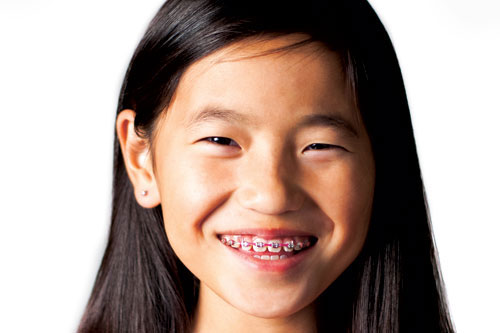
Why get early treatment at Payne Orthodontics?
Early treatment can greatly decrease the treatment time required for the second phase. In addition, you will receive a credit for some of the costs of Phase I when you complete Phase 2 with us.
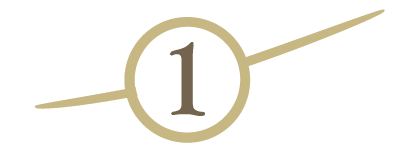
Seamless Process
Phase I makes the entire process simpler and more effective as the early treatment is coordinated to make Phase 2 quicker and with better results.
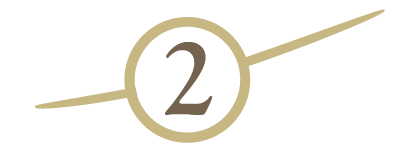
Save Money
When two Phases of treatment are needed, and they are both completed at Payne Orthodontics, we often provide partial credit for the expenses of Phase 1.
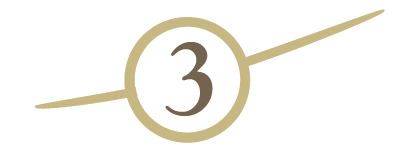
Family Discounts
Each member of the family can take advantage of our Family Discounts no matter the type of treatment option they need.
Kids over the age of 7 may highly benefit from early orthodontic treatment. This phase plays a vital role in preventing the need for extractions and/or oral surgery later in life.
Some children may need to have brackets placed on just a few teeth, such as one molar on each side and the front 4 teeth. The goals of partial braces are; front tooth alignment and assisting in establishing a correct relationship between the upper and lower teeth.
Early treatment can greatly decrease the treatment time required for the second phase. At the end of first-phase, the teeth may not be in their best or final position, this will be accomplished during the second-phase. Periodic recall appointments are set in order to check the progression of jaw growth and permanent tooth eruption.
Benefits of Phase 1 Treatment:
- Influence jaw growth in a positive manner
- improve the width of the dental arches
- Reduce the need to extract permanent teeth
- Reduce or eliminate the need for jaw surgery
- Lower the risk of trauma to protruded front teeth
- Correct harmful oral habits
- Improve esthetics and self-esteem
- Simplify and shorten treatment time for definitive orthodontic treatment (phase II)
- Increase stability of final treatment results
- Reduce likelihood of impacted permanent teeth
- Improve speech development
- Improve position of first molars
- Guide permanent teeth into more favorable positions
- Improve lip competence
- Preserve or gain space for erupting teeth
- Improve compliance before the busy teenage years
Common Corrections done during Early Treatment
These are some of the most common problems resolved with Early Treatment of Phase 1. The American Association of Orthodontists recommend that children visit an orthodontist as early as age 7 or 8.
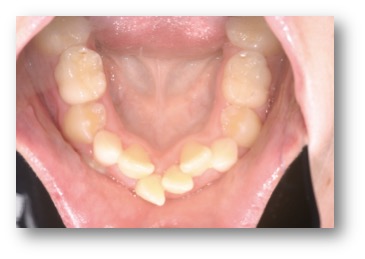
Crowding
- Crowding is by far the most common problem in orthodontics.
- This is due to a size discrepancy between the adult teeth and the baby teeth.
- The adult teeth are always larger than the baby teeth with the exception of the lower 2nd bicuspids.
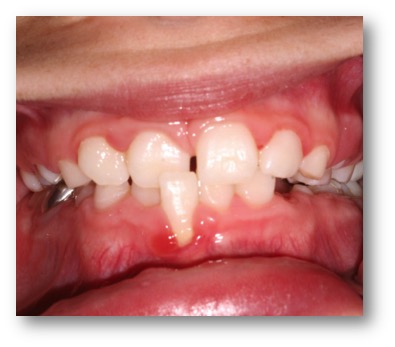
Anterior Crossbite
- Here you can see that the upper tooth falls behind the lower front tooth.
- This can be particularly damaging to the health of the gums as the upper tooth continues to drive the lower tooth forward out of the bone and cause recession of the gums.
- Anterior Crossbites also cause severe abnormal wear to the teeth.
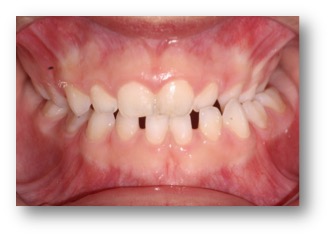
Posterior Crossbite
- This time, the crossbite is in the back of the mouth.
- Left untreated, a posterior crossbite can cause a permanent asymmetry to the bite and face.
- This occurs because the crossbite forces the growing lower jaw to position itself to one side. This results in relatively more lower jaw growth on the side away from the crossbite and relatively less lower jaw growth on the side of the crossbite.
- Some studies have shown that an untreated crossbite can be a contributing factor in TMJ (temperomandibular joint) problems in an adult.
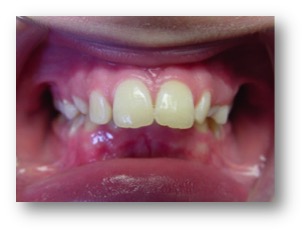
Overbite or Excessive Protrusion of the Teeth
- Excessively protruding front teeth are obviously more prone to trauma.
- Patients frequently present with chipped or broken teeth due to a fall or a sports injury.
- Children with upper tooth protrusion are commonly very self conscious of their appearance.
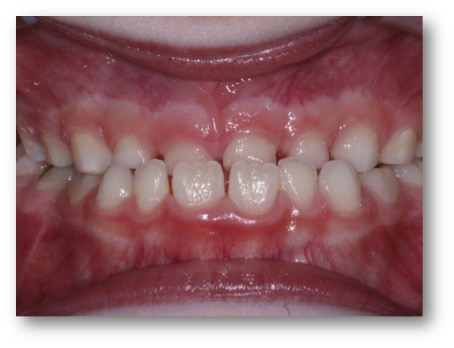
Underbite
- An “underbite” is a condition where the upper jaw is too small and often too narrow to match with the size of the lower jaw.
- If not treated in a growing child, an underbite will usually require corrective jaw surgery in the late teens or early adulthood.
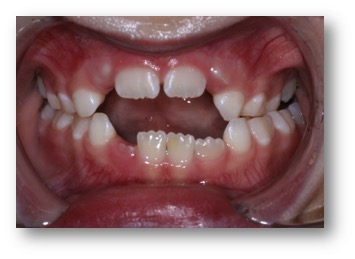
Thumb or Finger Sucking Habits
- An open bite is often associated with habits such as thumb or finger sucking,
- It leads to disharmonious growth between the upper and lower jaw.
- The severity depends upon the duration, intensity, and frequency of the habit. It commonly causes constriction of the upper jaw.
- Quite often, open bite patients have associated speech problems
